I have confessed to being a dull dinner guest in these pages before, thanks to my love of road signs (the squiggly ‘bends ahead’ warning triangle is a particular favourite).
Now I think it is prudent to add another layer of caution to anyone unlucky enough to sit next to me in future, thanks to my emerging interest in… car parks.
It’s not the sprawling mass of endless black tarmac that’s engaged my enthusiasm, rather the little white rectangles painted on the top – the parking bays.
Let’s start at the beginning so you can impress your friends, too. After all, most of us use a parking bay on a regular basis, so the level of interest will be high, surely…?
In the 1970s the standard size for a UK bay was set at 4.8 metres long and 2.4 metres wide. This was at a time when the roads were populated by Minis (the tiny ones), Ford Capris and VW Beetles.
Minis double in size over 50 years

Today, 50 years later, the cars we drive have ballooned in size yet the spaces in which we park them have not.
A modern Mini, for example, is over 50% bigger than the original, while at the chunkier end of things, SUVs now take up almost 90% of a bay.
Which doesn’t leave much space to get out of the thing. Something I can confirm after parking one in the only available bay next to another SUV last week, and was forced to climb out of the rear door where the gap was marginally better.
Some car manufacturers have taken things into their own hands over the years and come up with some great solutions.
Bump-proof parking solutions
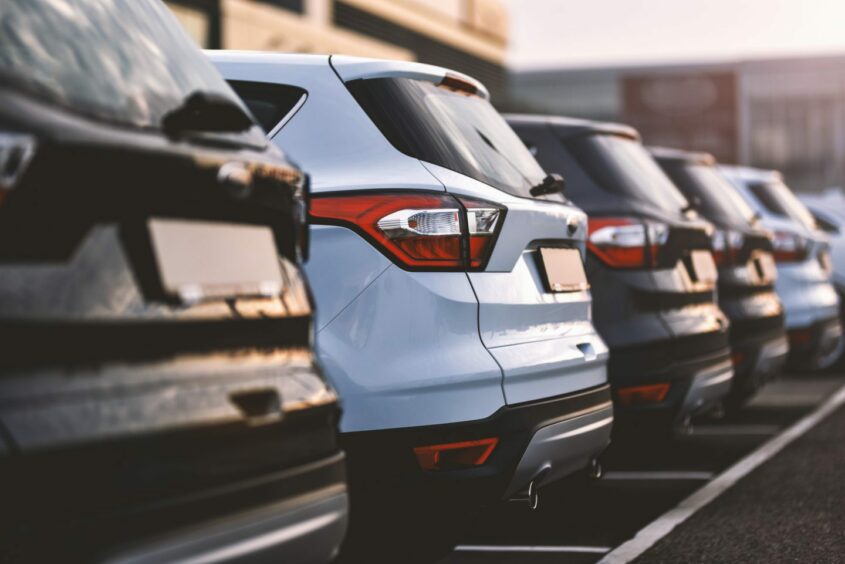
Ford’s B-Max gave us space-reducing van-like sliding rear doors which is a win-win in getting every size of passenger out, from newborn to nana.
Citroen created its ‘Airbump’ technology to protect the doors of its C4 against unwanted scrapes in tight places.
But with our love of large cars looking unlikely to diminish, bigger spaces must be made. Yes, car parks are businesses and owners won’t be in a rush to create larger spaces and cut their earnings.
New rules of the road needed
So, we need rules. And while ministers focus on an electric-car future with parking spaces large enough for the related re-charging paraphernalia, they must also look at supersizing bays for everyone else.
After all, we will continue to use our big petrol and diesel machines for decades to come.
YouTube: The CAR Girl Vicki Butler-Henderson
Twitter: @vb_h
Instagram: vickibutlerhenderson
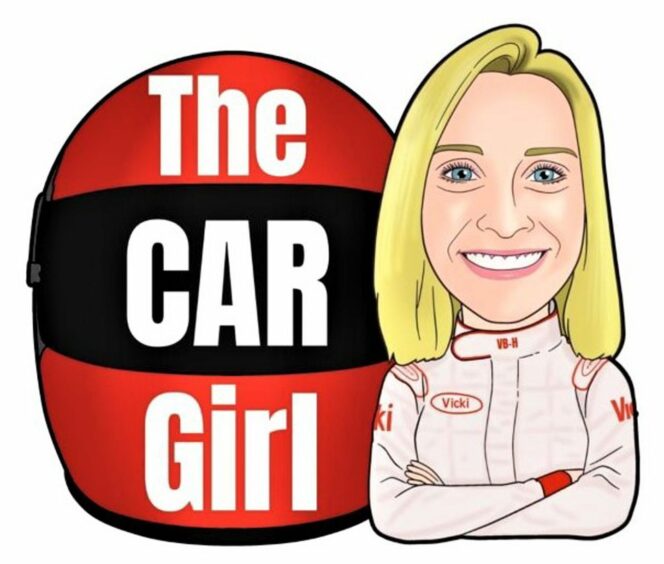
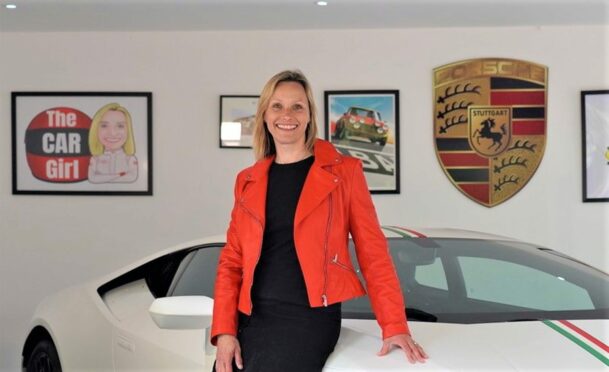
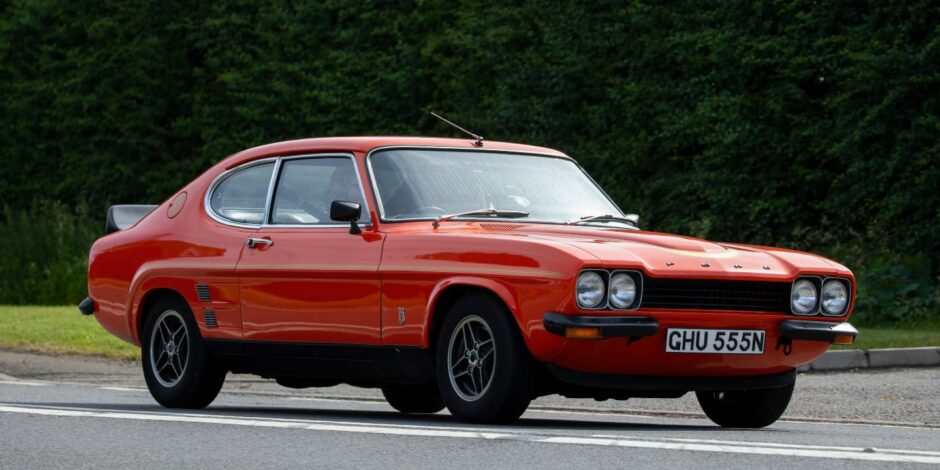
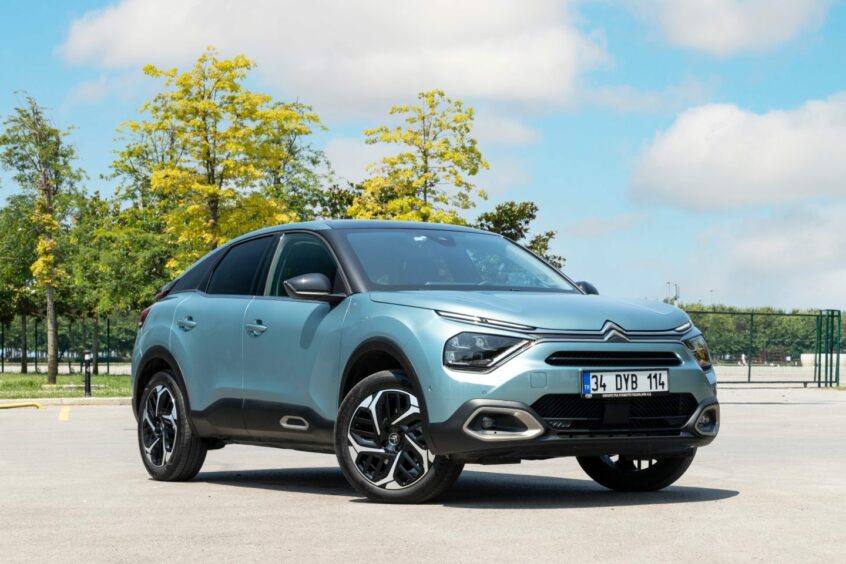
Conversation